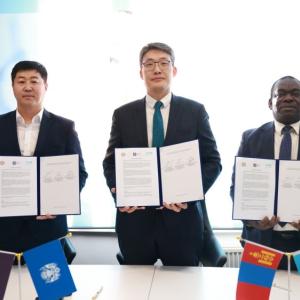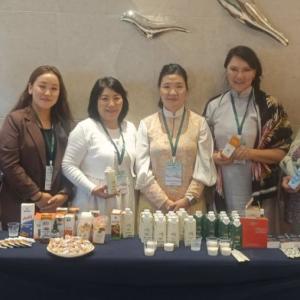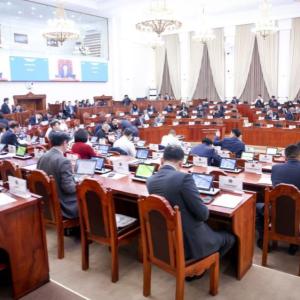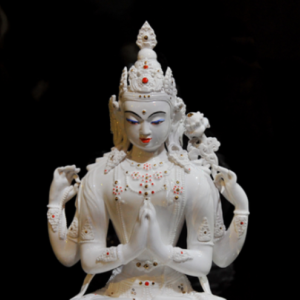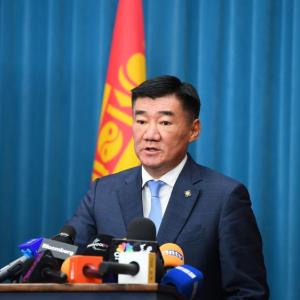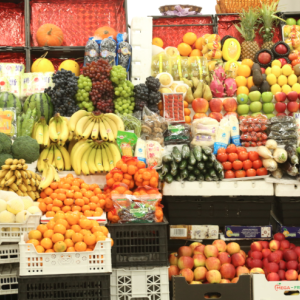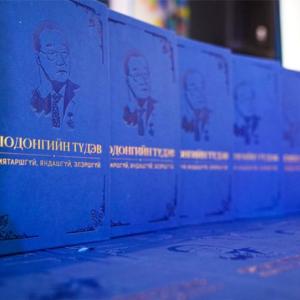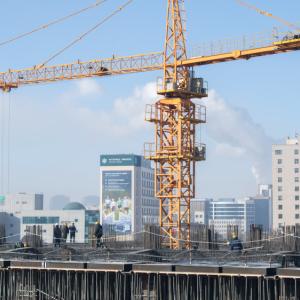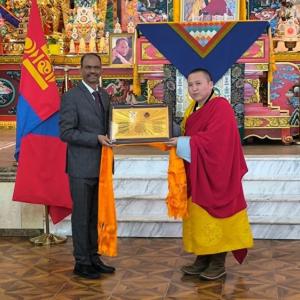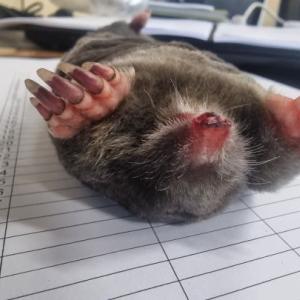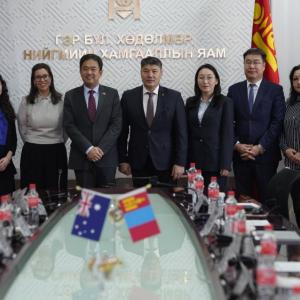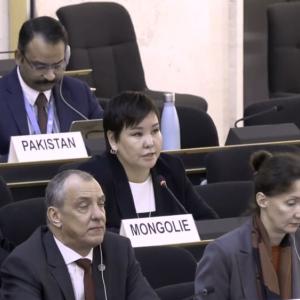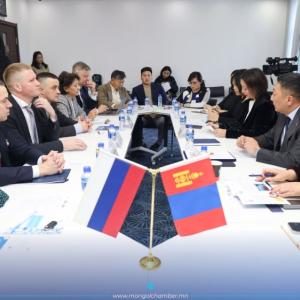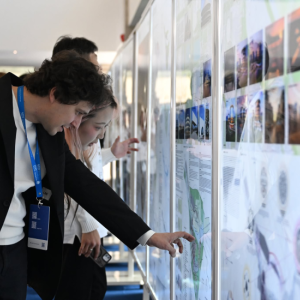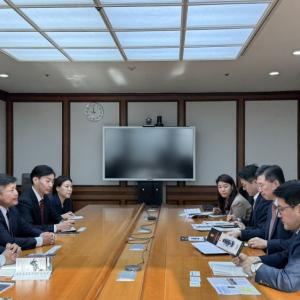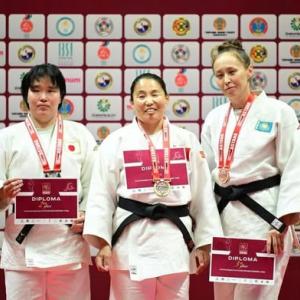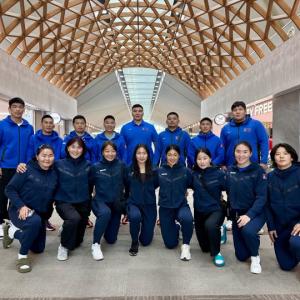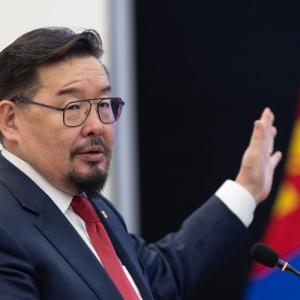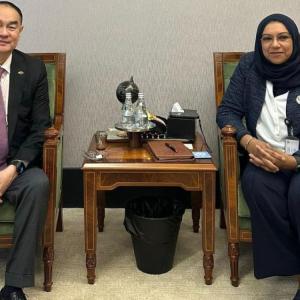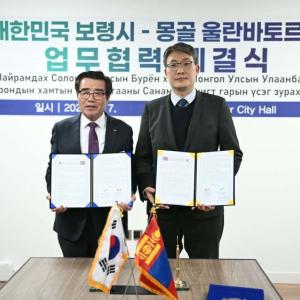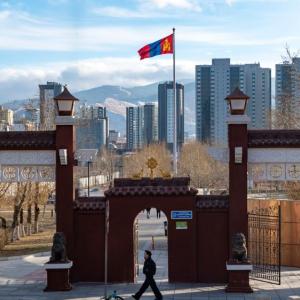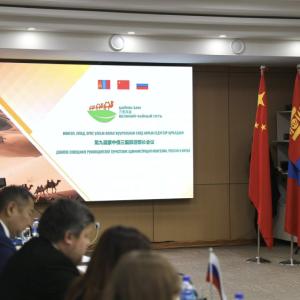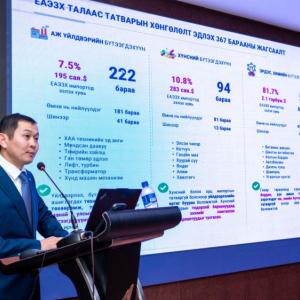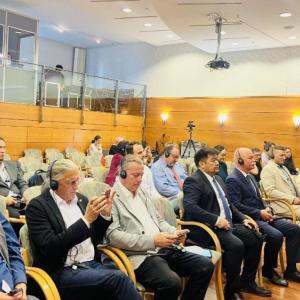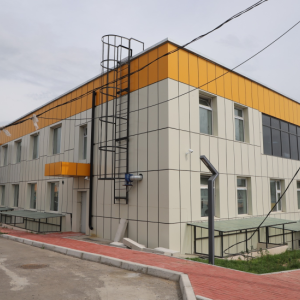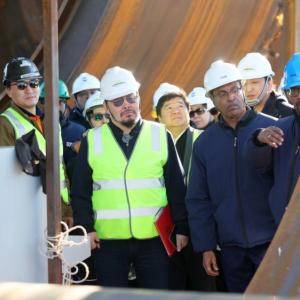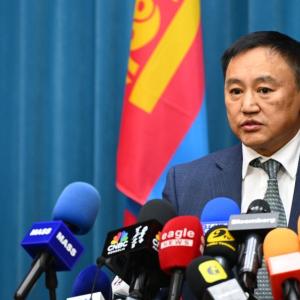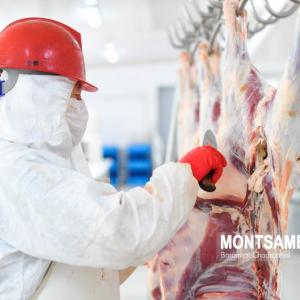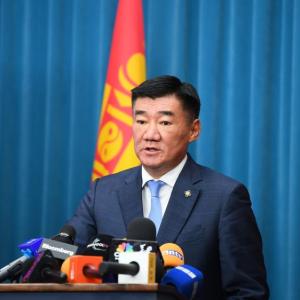Complex with highest number of human shaped stone sculptures in Central Asia
The Mongol Messenger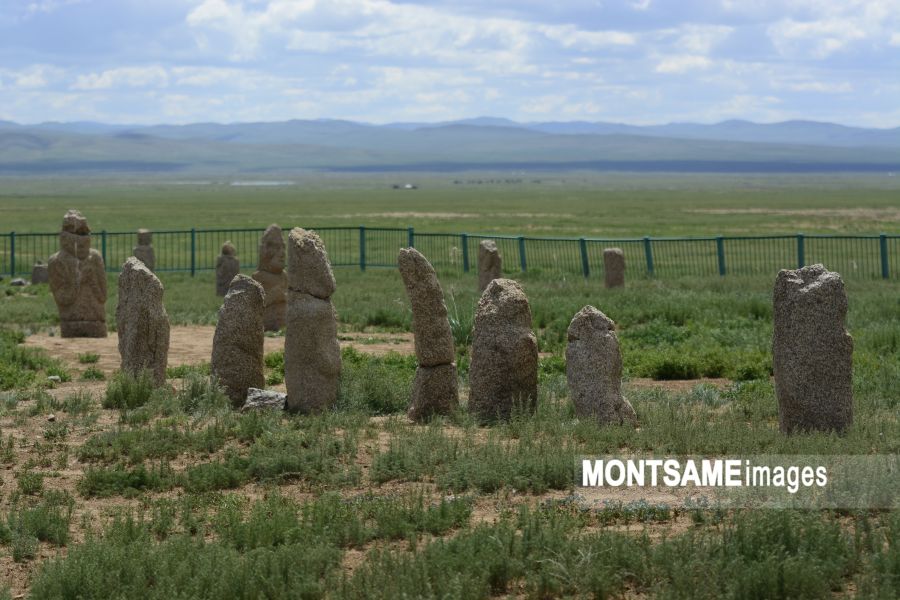
Ulaanbaatar /MONTSAME/. Over 80 km to the west of the capital city–near the Khustai Mountains in Altanbulag soum, Tuv aimag, there lies the ‘Ungut’ memorial complex with some 30 human shaped stone sculptures. It is considered as the site with the highest number of such ancient human shaped sculptures not only in Mongolia, but also in central Asia.
Tracing back to the time of the Turkic Khaganate in 6th to 8th century, the complex has sculptures depicting a lion, argali (wild mountain sheep), and ram alongside those of humans.
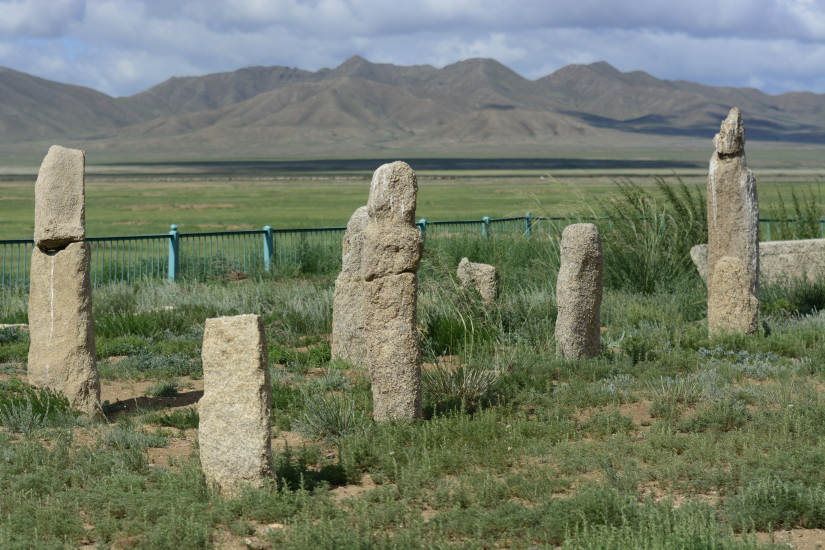
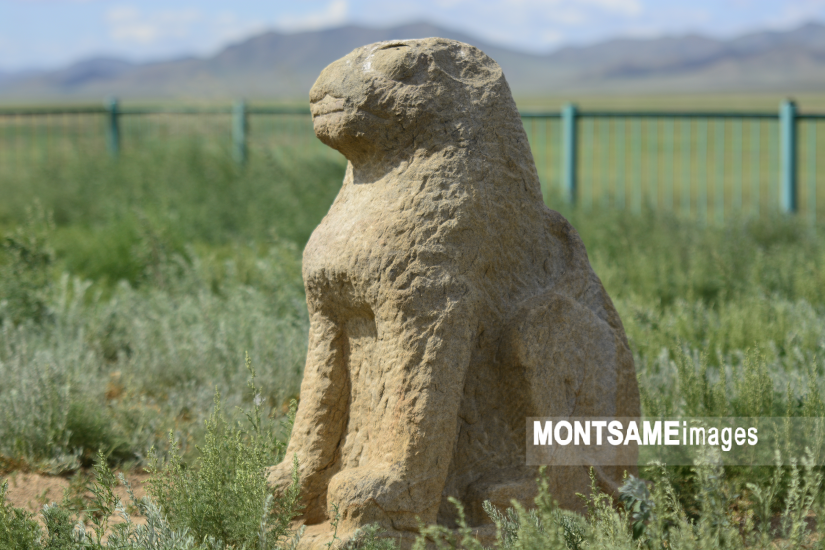
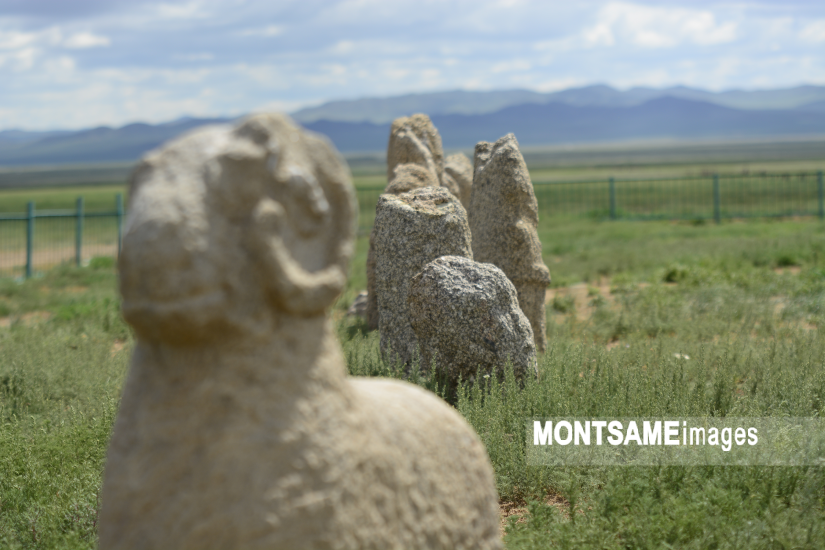
With stone platforms and slabs with engravings which might have been a table for worship, there is also a line of 552 stacked stones erected 2.1 km to the southeast of the complex.
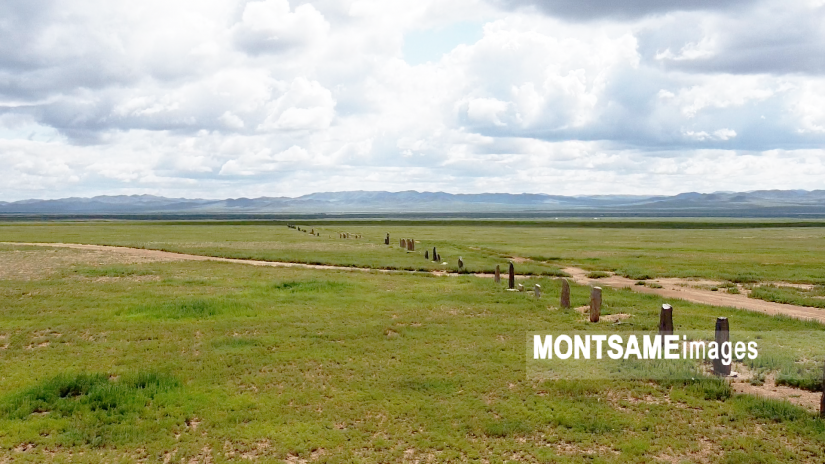
The complex has been under the voluntary protection of Khustai center since 2001. Following the excavations carried out in the years of 1976 and 1978, the site was left without rehabilitation. Later in 2005, the site was reverted to its original state, with fences set up for protection. The site’s granite statues were fortified in 2007, and works to erect the stacked stones in place were completed in 2009.

During the archeological excavation carried out at the site, they discovered a large number of ‘shurug’–a weapon made of iron that has four spikes. Made to defend against cavalry at- tacks, the weapon was made in a way that the spikes would always face up no matter how it was thrown. The excavation further discovered many building ornaments as well as bases for 13 wooden pillars surrounding the stone curb, which proves the existence of a temple that was for nobles at the specific location.
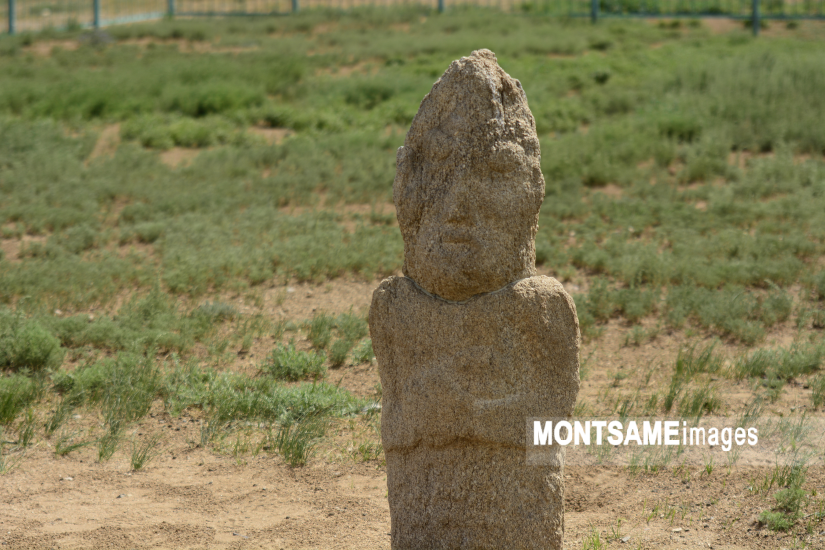
The Center for Cultural Heritage has also carried out works to fortify the stone sculptures at Ungut complex in 2006.
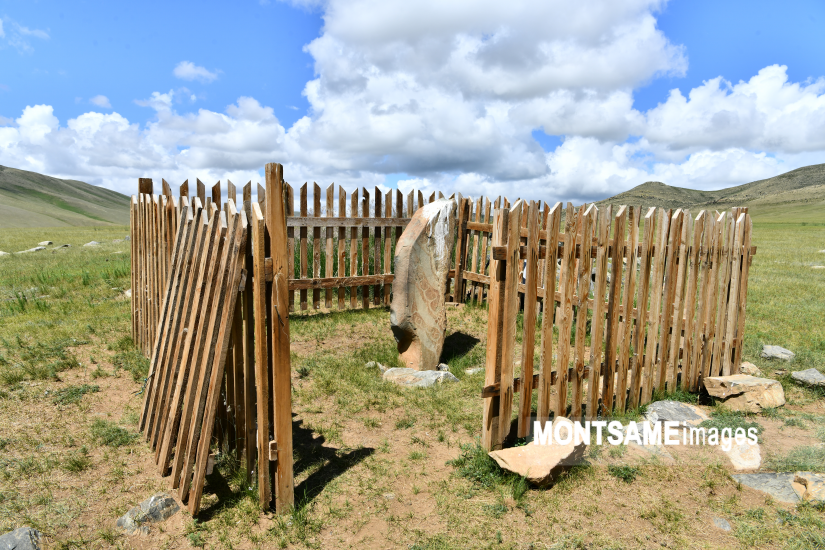
Over 10 km to the north of the site, a deer stone can be found at a site called Urtiin Am. Tracing back to 2000-1000 B.C, the stone has a vivid depiction of a deer on three sides. The deer stone was erected near a ‘khirigsuur’ (stone burial mound) that has a square shaped curb around it.
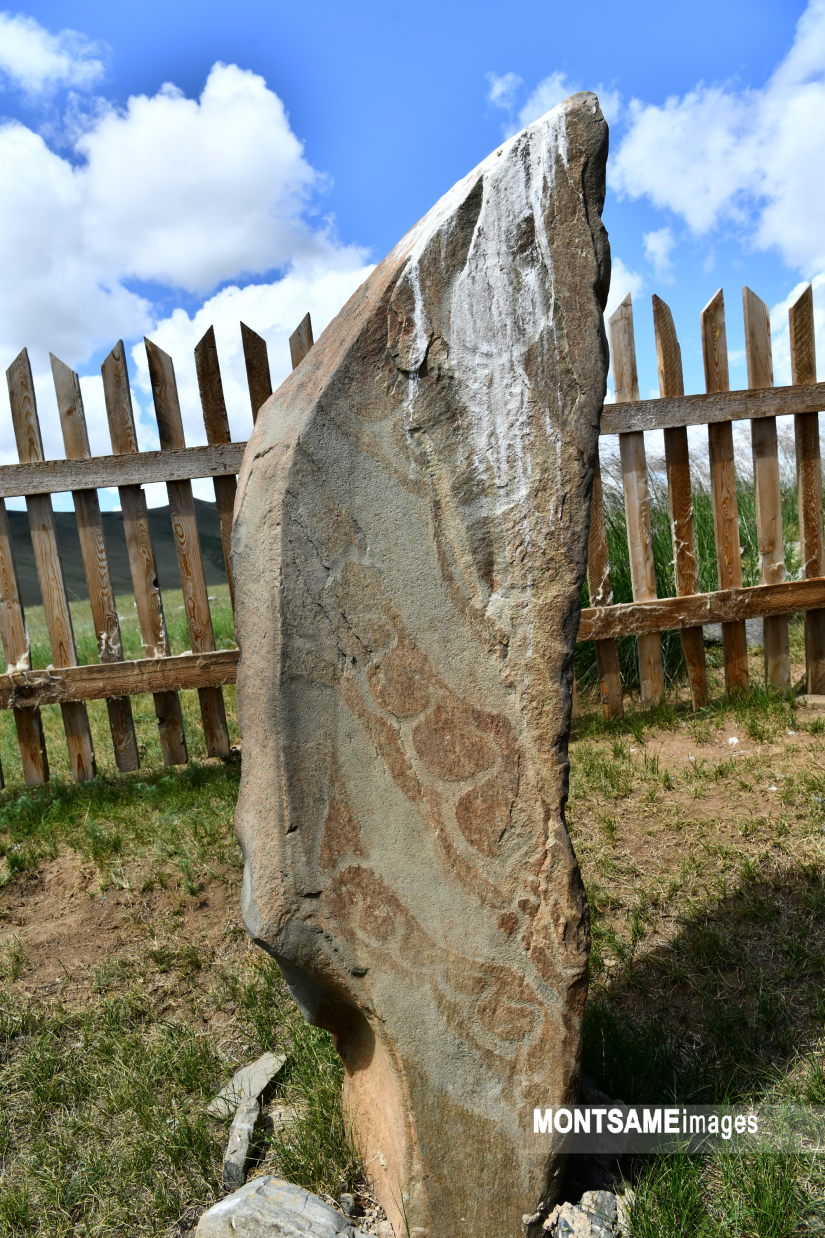
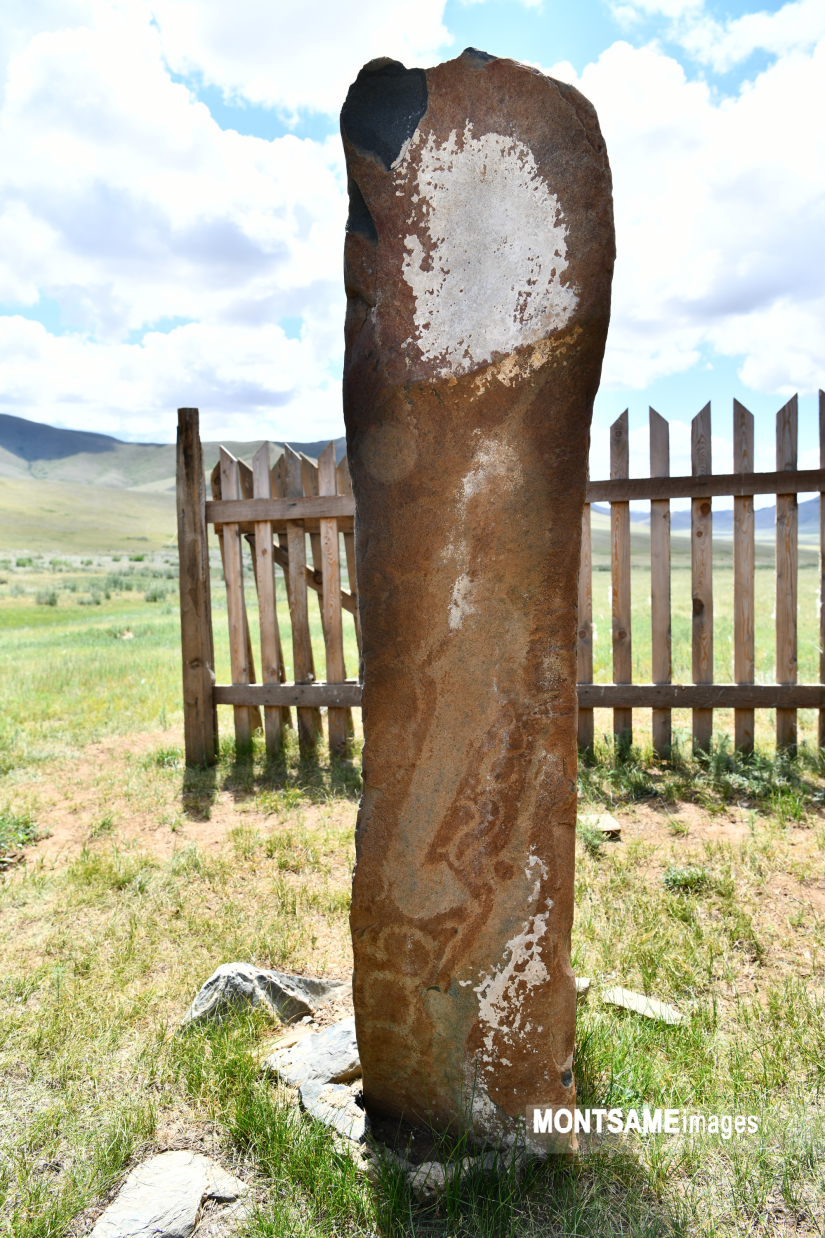
Photography by B.Chadraabal and D.Tumurkhuyag
 Ulaanbaatar
Ulaanbaatar










